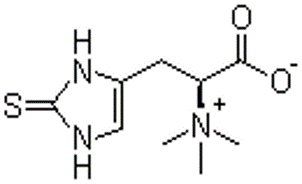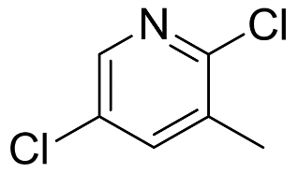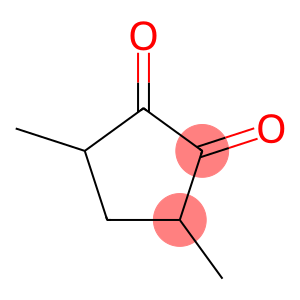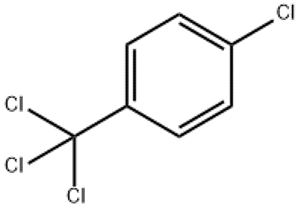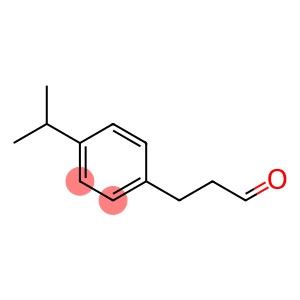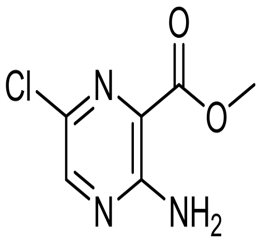Methylcyclopentane(CAS#96-37-7)
| Risk Codes | R11 – Highly Flammable R22 – Harmful if swallowed R36/37/38 – Irritating to eyes, respiratory system and skin. R65 – Harmful: May cause lung damage if swallowed |
| Safety Description | S16 – Keep away from sources of ignition. S26 – In case of contact with eyes, rinse immediately with plenty of water and seek medical advice. S33 – Take precautionary measures against static discharges. S36 – Wear suitable protective clothing. S62 – If swallowed, do not induce vomitting; seek medical advice immediately and show this container or label. |
| UN IDs | UN 2298 3/PG 2 |
| WGK Germany | 3 |
| RTECS | GY4640000 |
| TSCA | Yes |
| HS Code | 2902 19 00 |
| Hazard Class | 3 |
| Packing Group | II |
Introduction
Methylcyclopentane is an organic compound. The following is an introduction to the properties, uses, preparation methods and safety information of methylcyclopentane:Quality:1. Appearance: Methylcyclopentane is a colorless liquid with a special aromatic odor.2. Density: 0.77 g/cm³.4. Ignition point: -10 degrees Celsius.5. Solubility: Methylcyclopentane is insoluble in water but can be miscible with most organic solvents.Use:1. As a solvent: Methylcyclopentane is widely used in industry as a solvent and extractant for various chemical reactions.2. Preparation of Freon: Methylcyclopentane can be used as one of the raw materials for the manufacture of Freon.Method:There are two main methods for the preparation of methylcyclopentane:1. Preparation from cyclopentane oxidation: methylcyclopentane is generated by heating cyclopentane to 400-500 degrees Celsius in air and using a catalyst for oxidation reaction.2. Preparation from cyclopentanol dehydration: by adding an acid catalyst to 2-methyl-1-hexanol, the dehydration reaction is carried out to generate methylcyclopentane.Safety Information:1. Methylcyclopentane is a flammable liquid and should be kept away from open flames and high-temperature objects.2. Exposure to methylcyclopentane may cause skin irritation and direct contact with the skin should be avoided.3. Inhalation of methylcyclopentane vapor may cause dizziness, nausea, and difficulty breathing, and should be operated in a well-ventilated area and appropriate respiratory protective equipment should be worn.4. Methylcyclopentane can form flammable explosive mixtures in the air, and contact with strong oxidants should be avoided.5. When storing methylcyclopentane, it should be placed in an airtight container, away from fire sources and high-temperature areas.



